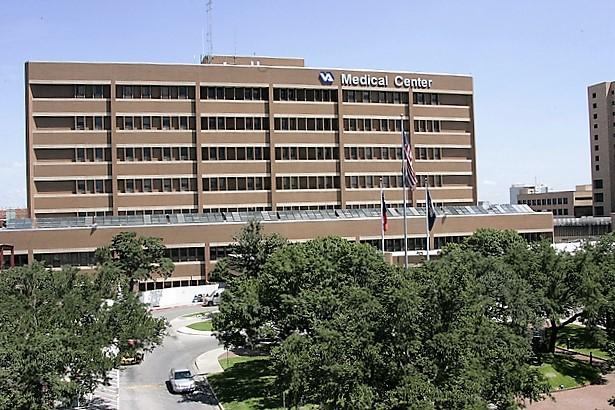National microbiology and patient data from the Veterans Health Administration (VHA) reveal an increase in antimicrobial drug nonsusceptibility for Escherichia coli and decreases in nonsusceptibility for three other gram-negative pathogens that cause bacteremia, according to a study today in Emerging Infectious Diseases.
For the study, researchers from Veterans Affairs Health Care Systems in both Iowa City and Salt Lake City analyzed a retrospective cohort of all veterans who were admitted to acute care hospitals from 2003 through 2013 and had positive blood cultures for E coli, Klebsiella, Pseudomonas aeruginosa, or Acinetobacter between 48 hours before admission and the time of discharge.
They chose these four gram-negative bacterial species/genera because they are the major cause of bacteremia across healthcare settings. Gram-negative bacteremia is a frequent cause of severe sepsis and septic shock.
"As modern healthcare systems becomes increasingly diverse and complex, large-scale studies are needed that accurately estimate the burden of antimicrobial resistance and chronologic trends of gram-negative bacteremia," the authors write.
Huge data set
Data from 130 VHA acute-care hospitals were used in the study, and the researchers focused on annual proportions and trends of antimicrobial susceptibility rates for the four most clinically relevant antibiotic classes used in gram-negative bacteremia management—carbapenems, extended-spectrum cephalosporins, aminoglycosides, and fluoroquinolones. They evaluated incidence rates for community-onset bacteremia and for hospital-onset bacteremia for each organism.
Over the 11-year study period, a total of 47,476 episodes of gram-negative bacteremia occurred, with an incidence of 6.37 episodes/10,000 person-years for community-onset bacteremia and 4.53 episodes/10,000 patient-days for hospital-onset bacteremia.
Among E coli isolates, increasing nonsusceptibility to extended-spectrum cephalosporins, fluoroquinolones, and aminoglycosides was observed across all care settings, with healthcare exposure associated with higher rates of nonsusceptibility. Carbapenem nonsusceptibility was infrequent, but increased for community-acquired, community-onset E coli isolates.
For Klebsiella spp., P aeruginosa, and Acinetobacter spp., the researchers observed a decreasing proportion of nonsusceptibility across nearly all drug classes for patients with healthcare exposure, while trends for community-acquired, community-onset isolates were stable or increasing. Notably, however, rates of carbapenem nonsusceptibility for Klebsiella spp increased across all care settings.
Stewardship might have played a role
The authors say antimicrobial stewardship efforts within the VHA, which have been evolving since the introduction of the Methicillin-Resistant Staphylococcus aureus (MRSA) Prevention Initiative in 2007, might have had an effect on nonsusceptibility rates among patients exposed to healthcare.
A previous study by their team found a sustained decline in hospital-onset bacteremia incidence rates at the 130 VHA facilities after implementation of the MRSA Prevention Initiative. But they say the extent of the impact on nonsusceptibility needs to be determined.
They also worry about increased nonsusceptibility among community-acquired, community-onset isolates. "Despite encouraging decreases in nonsusceptibility for pathogenic gram-negative bacteria in acute-care hospital settings, increased attention to infection prevention and antimicrobial stewardship is needed for outpatient and nonacute inpatient settings," they write.
The VHA is the largest healthcare system in the United States, with more than 8 million veterans enrolled.
See also:
Oct 2 Emerg Infect Dis study
























